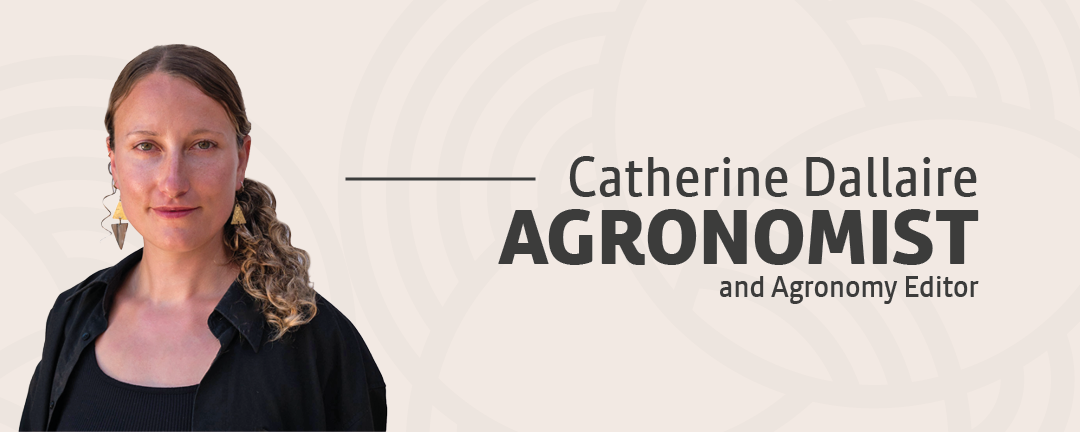
Why It’s Hard to Draw Conclusions
Are these statistics a case for concern? It’s hard to say due to a dire lack of context in data published up until recently. The concentration of farmland in a few hands may be the logical outcome of pursuing business growth, but it may also reflect a deep imbalance in the agricultural sector. No one can tell for sure without the transaction details, including buyer identity, pace of purchases and terms of sale.
To date, a major challenge in conducting this analysis has been the lack of transparency in the Quebec land register. Although it provides access to some information on real estate transactions, this register was not designed to monitor the dynamics of the agricultural sector. Without a lot number, keeping tabs on farmland transactions is almost impossible. The Ministry of Agriculture, Fisheries and Food sporadically publishes aggregate data, but never reveals specific information on individual transactions. However, this is all about to change.
Further Information Is on the Way
Bill 86 was passed in March 2025, introducing new requirements to better govern lot acquisitions in agricultural zones while improving transparency. For instance, some information regarding agricultural land transactions will have to be documented in the Quebec land register. Once the regulations come into force, it should be possible to monitor land purchases and general agriculture trends more closely. This new and improved version of the land register marks a first step toward better traceability in the agricultural sector, which is key to informing public debate and future farm policy decisions.


